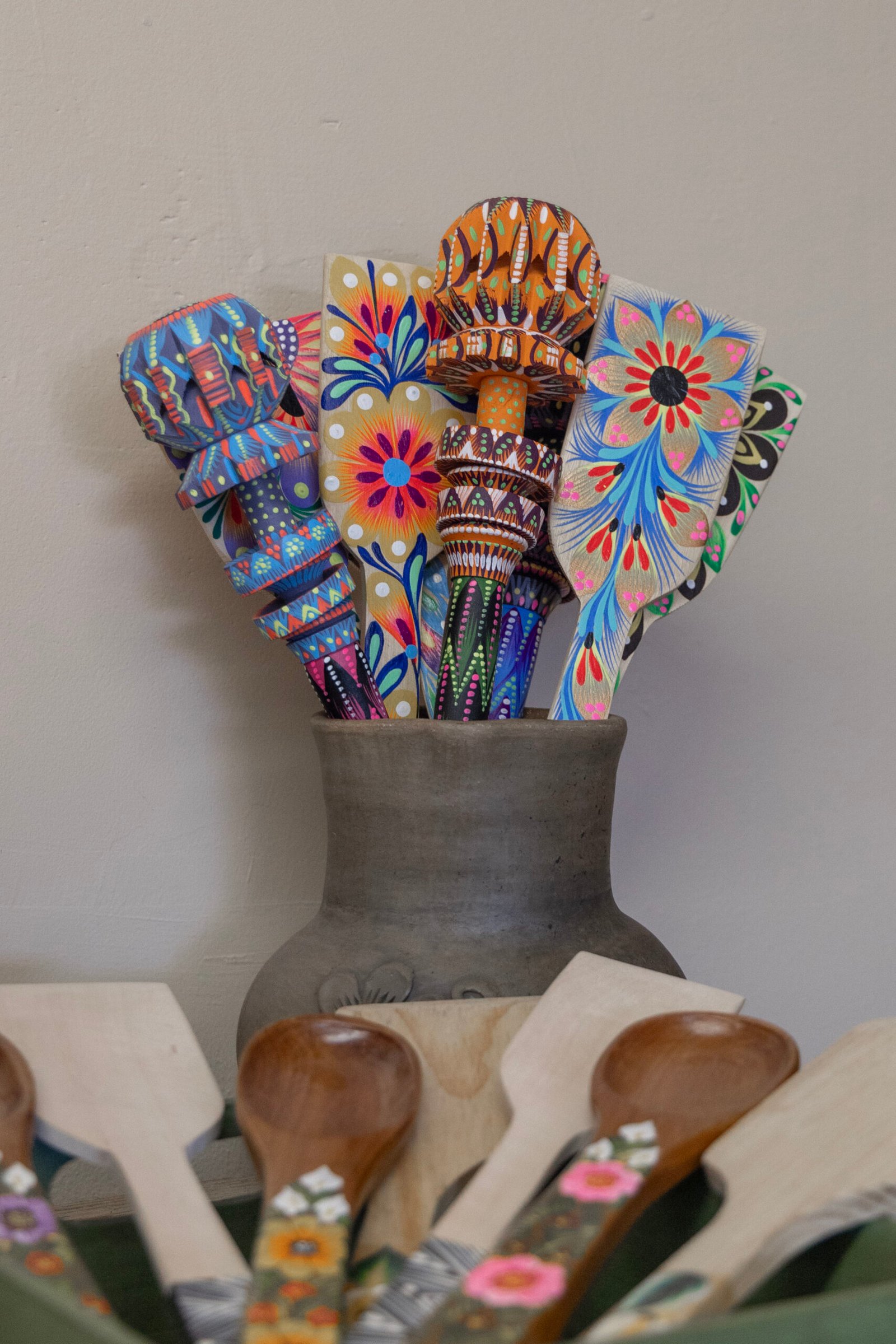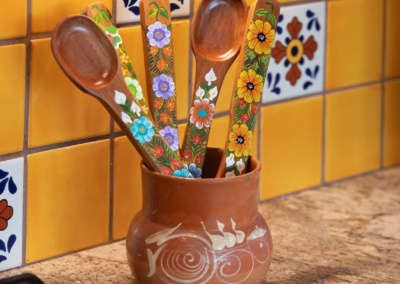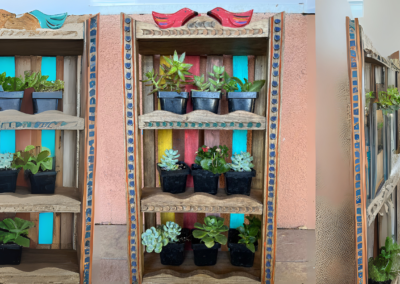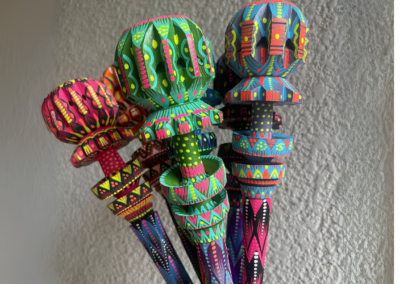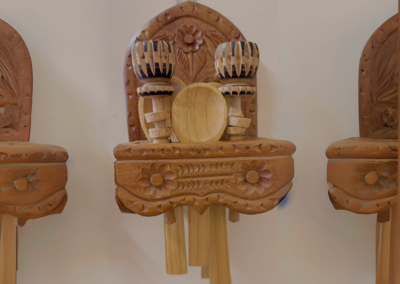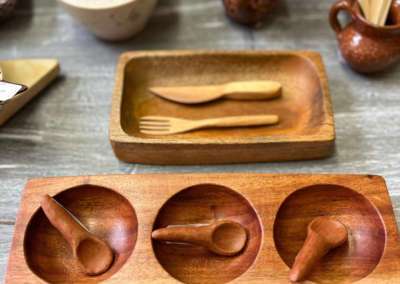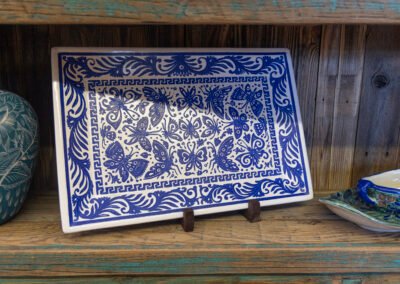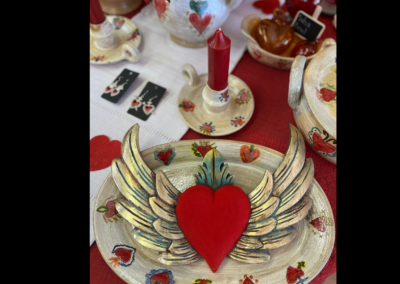Wood Craft
Woodcraft is a rich and diverse tradition across Mexico, with different regions using wood for a wide range of purposes—both functional and artistic. Mexican woodcraft reflects the country’s cultural heritage, blending indigenous techniques with European influences.
Woodcraft in Michoacán, Mexico, is a vibrant tradition that reflects the region’s rich cultural heritage and exceptional craftsmanship. Renowned for its skilled artisans, Michoacán produces a wide variety of wood products, including intricately carved furniture, decorative items, and functional household objects. The region is particularly known for its simple yet elegant kitchenware, such as cutting boards, cheese boards, knife spreaders, spatulas, and spoons. Additionally, artisans craft traditional furniture pieces like trasteros (kitchen cabinets) and cuchareros, a wooden utensil holder that showcases the skill and artistry of the region. These wood products are made from durable, locally sourced materials like pine and oak, ensuring both quality and sustainability.
Gold Leaf Plated Wood (Madera Dorada) is a luxurious Mexican craft that involves applying gold leaf to carved wooden surfaces. This tradition, rooted in religious and decorative arts from the colonial era, features ornate Baroque and Rococo-style altarpieces, icons, frames, and furniture. The process includes carving the wood, applying a clay base layer (bole), and burnishing the gold leaf for a radiant finish. Once prevalent in churches and historical buildings, this technique has expanded into modern décor, blending tradition with contemporary designs.
In San Miguel de Allende, gold hearts (corazones dorados) symbolize love, devotion, and spirituality. Crafted from wood or metal and adorned with gold leaf, these hearts are used in altars, shrines, and home décor. Reflecting the region’s cultural and spiritual heritage, these symbols of warmth, faith, and beauty are an enduring part of Mexican folk art.
Lacquered Wood is found in the town of Olinalá in Guerrero, they are famous for its lacquered wooden boxes and other items. The process involves carving wood (often from the Olinali tree), applying a clay base layer, and then covering the surface with vibrant lacquer, often decorated with floral or geometric patterns.
